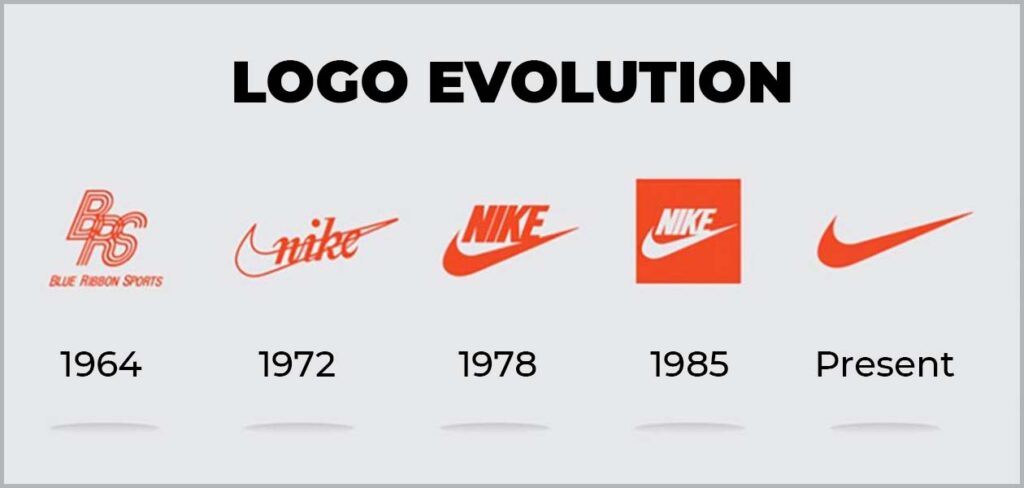Read time: 4 mins

I love their versatility, and the way they can effectively communicate all of a brand’s core values within just a simple concept. It seems impossible to us to think of a time when the logo as know it didn’t exist, and wasn’t such a vital part of a company’s marketing communications.
But – perhaps like you – we had little idea where logos came from until we started researching the interesting history behind contemporary designs as we know them.
Once upon a time, a logo was simply a mark or a name stamped across a product as proof that it was manufactured by a particular company. The Ancient Egyptians, for example, were known to brand domestic animals with hieroglyphics to demonstrate their ownership of them. Potters in the Greek and Roman eras marked their creations to make sure they were forever linked to their handiwork, too.
It wasn’t until the 19th century that forward-thinking companies started unlocking the visual potential of these eye-catching little emblems.
The very first trademark was registered in the UK in 1876 for Bass & Co, which at the time was a popular international exporter of pale ale. Within the paperwork, and soon enough across all of the brand’s merchandise, the company name was accompanied by a small red triangle, framed by simple text – but this straightforward combination was enough to create what we now consider to be the first ‘official’ logo of its time.
John Cadbury, the founder of the Birmingham-based confectionery company, was one of the first business owners to wake up to the potential of combining recognisable fonts and colours to create an original moniker. The very first Cadbury logo was registered in 1911 and was formed of a basic image of a cocoa tree, intertwined with the company name on a distinctively purple background.
In the 1950s, advertising agencies in the United States started to harness the power of the logo in their client’s campaigns. They realised that they could use shapes, typography and colour to convey each brand’s ethos and produce a trademark that really sticks in the minds of their customers. Pioneering graphic designers like Paul Rand and Alan Fletcher took this idea one step further – they transformed logo design into an art form by developing key principles that are still adhered to by many design professionals today.
Since then, brands – or, more specifically, their design and marketing partners – have been tripping over themselves to come up with a design that rivals some of the most distinctive logos in the world.
From the stark relevancy of the Apple logo through to the familiar swirl of the Coca Cola signature type and the golden arches of the McDonald’s sign, the very best logos have a broad appeal. They can be simple, like the Nike tick; they can represent unity, like the Olympic rings; they can contain a cocktail of colours, like Google’s effort; and they can even be entirely text-based, like the logo from FedEx.
From then to now, logos have played an undeniable part in the growth of many of the world’s most successful businesses.
My job here at Design FX Studio is to develop attention-grabbing bespoke logos for all kinds of organisations that want better reach and a stronger brand. I have the skills to create a logo design that will connect with your audience, and I'm lucky enough to be able to draw inspiration from all the fantastic examples of logos from the greatest brand designers of the last century. Contact me today to discover what I can bring to your brand!